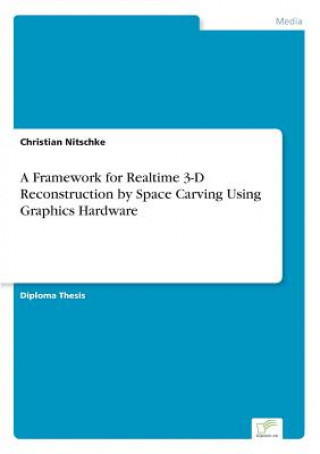
Kód: 02413742
Framework for Realtime 3-D Reconstruction by Space Carving Using Graphics Hardware
Autor Christian Nitschke
Inhaltsangabe:Introduction: Reconstruction of real-world scenes from a set of multiple images is a topic in Computer Vision and 3D Computer Graphics with many interesting applications. There is a relation to Augmented and Mixed R ... celý popis
- Jazyk:
 Angličtina
Angličtina - Vazba: Brožovaná
- Počet stran: 156
Nakladatelství: Diplom.de, 2007
- Více informací o knize

Mohlo by se vám také líbit
-

Carving for Kids: An Introduction to Woodcarving
412 Kč -

Paradise of Poets: Poetry
443 Kč -

Daniel Defoe
658 Kč -

Brain Box
333 Kč -

Delta-man in Yebu
963 Kč -

Carving the Human Face, Second Edition, Revised & Expanded
464 Kč -

Church Member'S Manual, of Ecclesiastical Principles, Doctrine, and Discipline
799 Kč -

Darstellung und Beurteilung der Strategien und Instrumente des Wissensmanagements aus Sicht der ressourcenbasierten Theorie der Unternehmung
2129 Kč -

Antiker Mythos und moderne Literatur am Beispiel der Erzahlung Kassandra von Christa Wolf
942 Kč -

Himmlischer Sex
1271 Kč -
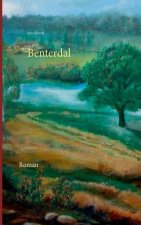
Benterdal
917 Kč -

Berlinerisch für die Allerkleensten
178 Kč -

Astrologie lásky a manželství
172 Kč -

Sieh mal! Hör mal! Meine Stadt
333 Kč
Darujte tuto knihu ještě dnes
- Objednejte knihu a zvolte Zaslat jako dárek.
- Obratem obdržíte darovací poukaz na knihu, který můžete ihned předat obdarovanému.
- Knihu zašleme na adresu obdarovaného, o nic se nestaráte.
Více informací o knize Framework for Realtime 3-D Reconstruction by Space Carving Using Graphics Hardware
Nákupem získáte 325 bodů
 Anotace knihy
Anotace knihy
Inhaltsangabe:Introduction: Reconstruction of real-world scenes from a set of multiple images is a topic in Computer Vision and 3D Computer Graphics with many interesting applications. There is a relation to Augmented and Mixed Reality (AR/MR), Computer-Supported Collaborative Work (CSCW), Computer-Aided industrial/architectural Design (CAD), modeling of the real-world (e.g. computer games, scenes/effects in movies), entertainment (e.g. 3D TV/Video) and recognition/analyzing of real-world characteristics by computer systems and robots. There exists a powerful algorithm theory for shape reconstruction from arbitrary viewpoints, called shape from photo-consistency. However, it is computationally expensive and hence can not be used with applications in the field of 3D video or CSCW as well as interactive 3D model creation. Attempts have been made to achieve real-time framerates using PC cluster systems. While these provide enough performance they are also expensive and less flexible. Approaches that use GPU hardware-acceleration on single workstations achieve interactive framerates for novel-view synthesis, but do not provide an explicit volumetric representation of the whole scene. The proposed approach shows the efforts in developing a GPU hardware-accelerated framework for obtaining the volumetric photo hull of a dynamic 3D scene as seen from multiple calibrated cameras. High performance is achieved by employing a shape from silhouette technique in advance to obtain a tight initial volume for shape from photo-consistency. Also several speed-up techniques are presented to increase efficiency. Since the entire processing is done on a single PC, the framework can be applied to mobile setups, enabling a wide range of further applications. The approach is explained using programmable vertex and fragment processors and compared to highly optimized CPU implementations. It is shown that the new approach can outperform the latter by more than one magnitude. The thesis is organized as follows: Chapter 1 contains an introduction, giving an overview with classification of related techniques, statement of the main problem, novelty of the proposed approach and its fields of application. Chapter 2 surveys related work in the area of dynamic scene reconstruction by shape from silhouette and shape from photo-consistency. The focus lies on high performance reconstruction and hardware-acceleration. Chapter 3 introduces the theoretical basis for the proposed approach within three main parts. (1) Camera geometry is important to relate images captured from multiple viewpoints to an unknown 3D scene. (2) When taking a photograph of a scene, the light emitted towards the camera is captured. Therefore light and color is discussed as necessary for this work. (3) At last, the theory behind shape from silhouette and shape from photo-consistency needs to be explained. Chapter 4 continues with defining the Basic Algorithm as a hybrid approach to scene reconstruction with introducing features like (1) a robust and fast image-segmentation to account for shadows, (2) a set of nested volumes that are sequentially computed to speed-up computation and (3) an implicit visibility computation. The Basic Algorithm is extended and mapped onto the GPU in chapter 5. The corresponding Advanced Algorithm enables efficient real-time computation by employing a multipass-rendering strategy. Chapter 6 explains and discusses several experiments to analyze the proposed system in terms of performance and reconstruction quality. Chapter 7 concludes with giving a summary and discussing limitations and future works. Due to their number, diagrams and figures relating to experiments are grouped into additional appendix chapters A, B, C and D. Inhaltsverzeichnis:Table of Contents: 1.Introduction1 1.1Application1 1.2Classification2 1.3Pe...
 Parametry knihy
Parametry knihy
Zařazení knihy Knihy v angličtině Reference, information & interdisciplinary subjects Interdisciplinary studies Communication studies
3245 Kč
- Plný název: Framework for Realtime 3-D Reconstruction by Space Carving Using Graphics Hardware
- Autor: Christian Nitschke
- Jazyk:
 Angličtina
Angličtina - Vazba: Brožovaná
- Počet stran: 156
- EAN: 9783836601993
- ISBN: 3836601990
- ID: 02413742
- Nakladatelství: Diplom.de
- Hmotnost: 213 g
- Rozměry: 210 × 148 × 9 mm
- Datum vydání: 04. March 2007
Oblíbené z jiného soudku
-
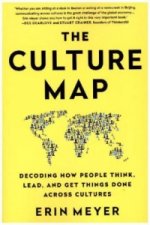
The Culture Map
487 Kč -

Nonviolent Communication: A Language of Life
445 Kč -

The Definitive Book of Body Language
323 Kč -
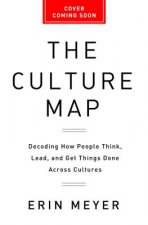
The Culture Map
541 Kč -

Fierce Conversations
410 Kč -

New Rules of Marketing & PR: How to Use Conten t Marketing, Podcasting, Social Media, AI, Live Vi deo, and Newsjacking to Reach Buyers Directly
555 Kč -

Messages
567 Kč -

Communication Book
323 Kč -

Nonviolent Commun Comp Workbook
448 Kč -
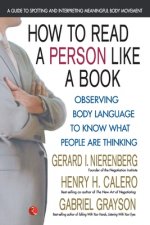
How to Read a Person Like a Book
496 Kč -

Revolutions in Communication
1150 Kč -

Introduction to Communication Studies
882 Kč -

Viral Marketing
717 Kč -

Impossible to Ignore: Creating Memorable Content to Influence Decisions
567 Kč -
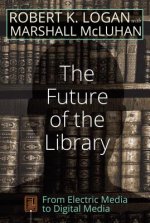
Future of the Library
1731 Kč -

Athanasius Kircher
1386 Kč -

Social Media
1466 Kč -

Hand
458 Kč -

Creative Industries
1260 Kč -

Leadership Without Easy Answers
1251 Kč -
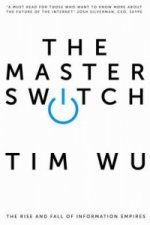
Master Switch
303 Kč -

Book Of Tells
357 Kč -

All About Language
894 Kč -

Communication Power
674 Kč -

Decoding Advertisements
532 Kč -

Ideology and Modern Culture - Critical Social Theory in the Era of Mass Communication
592 Kč -

Kittler and the Media
614 Kč -
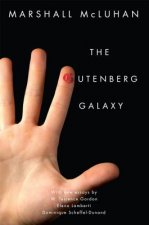
Gutenberg Galaxy
1520 Kč -

Copycat Effect
483 Kč -

Qualitative Research Methods - Collecting Evidence Crafting Analysis, Communicating Impact 2e
1698 Kč -

Selections from Science and Sanity, Second Edition
1109 Kč -
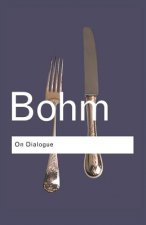
On Dialogue
574 Kč -

Techniques of Close Reading
3999 Kč -
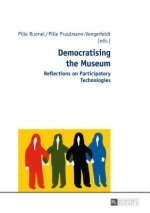
Democratising the Museum
2781 Kč -
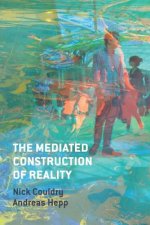
Mediated Construction of Reality
650 Kč -

Body Language Bible
410 Kč -

Cognitive Psychology of Mass Communication
2614 Kč -
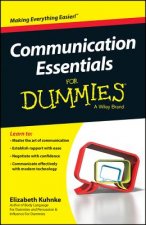
Communication Essentials For Dummies
349 Kč -

Public Service Media in Europe: A Comparative Approach
1594 Kč -

Interpersonal Communication Book, Global Edition
833 Kč -

Crowdsourcing
405 Kč -

Communication as Culture, Revised Edition
1664 Kč -

Social Media and Everyday Politics
751 Kč -

Health Writer's Handbook Second Edition
2403 Kč -

Walking Your Talk
594 Kč -

Technology, Society and Inequality
1581 Kč -

Becoming Digital
828 Kč -

Listening, Thinking, Being
1002 Kč -

Creating Intelligent Content with Lightweight DITA
1666 Kč
Osobní odběr Praha, Brno a 12903 dalších
Copyright ©2008-24 nejlevnejsi-knihy.cz Všechna práva vyhrazenaSoukromíCookies



 Vrácení do měsíce
Vrácení do měsíce 571 999 099 (8-15.30h)
571 999 099 (8-15.30h)